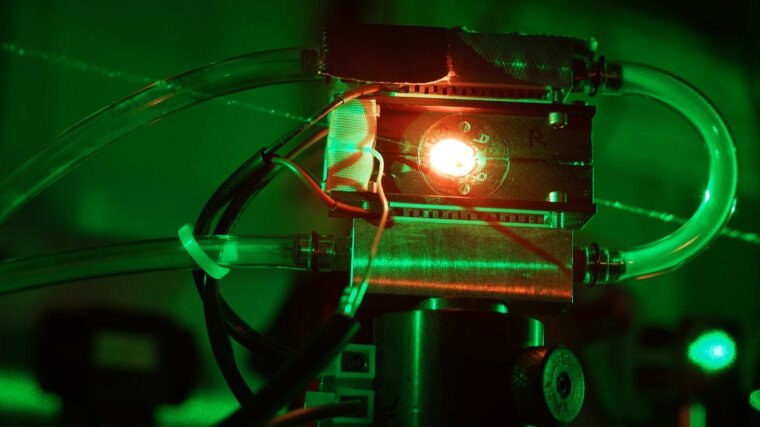
In this project, ultrathin heterostructures consisting of metallic, semiconductor and dielectric coatings, and heterostructures down to atomic scale are investigated by structural and optical methods to systematically study the impact of their chemistry and structure on their nonlinear optical properties. Using atomic layer deposition (ALD), the composition of heterostructures can be controlled down to Å precision, providing a powerful and versatile technological platform to create artificial materials with novel properties. The nonlinear response of these new systems may surpass the nonlinearity of the individual components by several orders of magnitude. The goal is to understand which parameters affect their nonlinearity and how. The long-term vision is to apply this knowledge to obtain novel, highly nonlinear materials for technologically relevant applications.
Metallic thin films are known to possess large nonlinearities; however, their lossy nature severely limits their applicability. In the first funding period, we have demonstrated Ir:Al2O3 heterostructures with significantly larger SHG response than pure iridium or alumina. These have one to two orders of magnitude larger SHG than pure iridium films. Additionally, these heterostructures have a better stability towards high pump power at 1032 nm wavelength than pure metallic thin films. The permittivity of these heterostructures approaches zero in the deep UV (DUV) spectral range, which albeit currently difficult to access, has attracted significant interest for their enhanced nonlinearity at the epsilon near zero (ENZ) wavelength and we will continue to investigate such materials.
Here we will leverage the results obtained in the first period to grow various materials and to tailor their optical properties (e.g. permittivity, optical bandgap, nonlinear response) to study novel materials with a larger optical nonlinearity in the VIS-IR spectral range. First, we will focus on TiN quantum-well heterostructures, preferably with other nitride barrier layers (SiN or AlN) to conserve its chemical identity, due to their tunable ENZ wavelength in the VIS/IR. Second, we will turn towards non-centrosymmetric crystalline ultrathin films and ABC/ABCD-type heterostructures. Here, we will focus on thin film crystalline AlN, which possesses a large c2. Additionally, we will grow 3-4 component heterostructures (e.g. Al2O3:TiO2:HfO2) to break the symmetry of the material and enable an artificial c2. Finally, these materials will be integrated in more complex 3D structures to generate a resonant enhancement and guided waves. Their nonlinear characterization requires the dedicated upgrade of the experimental methods to enhance beam quality and propagation geometry. The nonlinear studies will be mainly focused on second harmonic generation (SHG) and extending to spontaneous parametric down conversion (SPDC).
